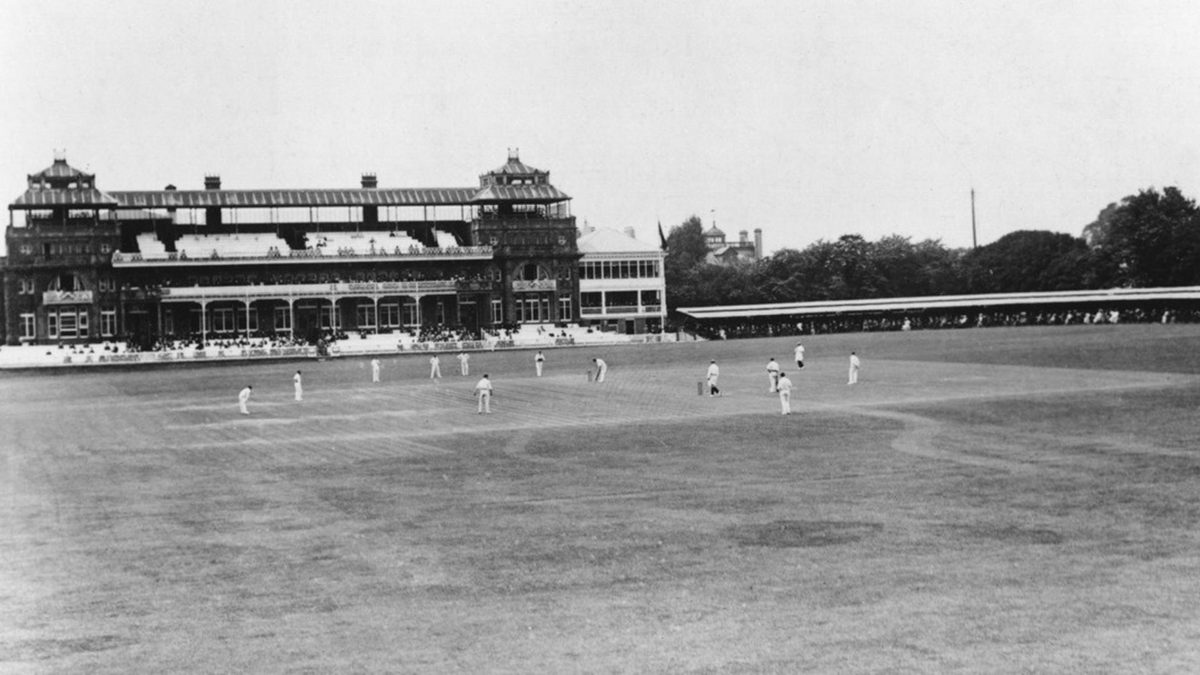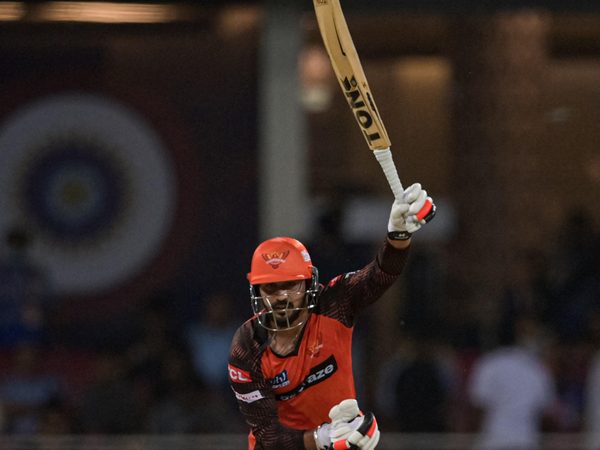
The Lord’s Test match of 1954, between England and Pakistan, was drawn. Leslie Smith’s report originally appeared in the 1955 edition of Wisden Cricketers’ Almanack.
At Lord"s, June 10, 11, 12, 14, 15. Drawn. Pakistan could scarcely have had a more depressing experience for their first official Test match against England, bad weather limiting play over the five days to a little over eight hours. Days of heavy rain saturated the turf and for the first time in history no cricket proved possible on three successive days in a Test match at Headquarters. On Saturday The Queen was due to attend the match, but with the weather so bad arrangements were changed and both teams visited Buckingham Palace. An improvement in the weather enabled the match to start at 3.45 p.m. on the fourth day.
The England team originally included AV Bedser, with Watson twelfth man. When Bedser became unfit and withdrew, Tattersall was invited and the final selection was left open. Watson, because of the illness of his young son, returned home on the Sunday. Hutton, who had won the toss only three times in fourteen matches since taking over the captaincy of England, was successful on this occasion with a sixpence handed to him by the Duke of Edinburgh during the visit to the Palace. Hutton decided to give Pakistan first innings. The pitch never became difficult, but the Pakistanis did not shape confidently on the slow turf, seeming to expect more difficulties than were apparent. The ball turned slowly for the spin bowlers and the faster men found little to help them.
The cricket possible in the two hours thirty-five minutes before bad light ended play ten minutes early on Monday evening was among the slowest seen in Test cricket, only 50 runs being scored for the loss of three wickets. Hanif stayed all that time for eleven runs, scarcely ever attempting a scoring stroke. Hutton relied most on his slow bowlers, but although they sent down a succession of maidens, Wardle, Laker and Tattersall only occasionally beat the bat. All three wickets fell to Wardle, who conceded only 21 runs in 21 overs.
Play started to time on the last day and England made a commendable effort to win. In eighty minutes they disposed of the seven remaining wickets for the addition of 37 runs and Pakistan were all out for 87, which occupied as long as three hours fifty-five minutes. The speed of Statham upset the later batsmen. He took 4-10 in his morning spell and at one period claimed three wickets in thirteen balls without conceding a run.
Hutton declined the use of a roller before England batted, not wishing to raise any moisture. England"s policy was soon obvious, their batsmen taking many risks in an effort to score quickly with a view to a declaration. Hutton, after playing a maiden from Fazal, fell to the first ball he received from Khan Mohammad but Simpson, in fine form, scored the first 23 runs, and 50 appeared in forty-five minutes. Steady defensive bowling by Fazal and Khan checked the flow of runs and England lost wickets steadily in the attempt to force the pace. Seven batsmen left before they took the lead and Hutton declared 30 ahead with the last pair together. England’s 117-9 took only 100 minutes, which contrasted sharply with the rate of Pakistan. Fazal and Khan bowled throughout, being the first pair to do so in a Test since AER Gilligan and MW Tate routed South Africa at Birmingham in 1924.
When Alim-ud-Din lost his off stump to the eighth ball of the innings without a run scored, Pakistan received a shock, but Hanif once again showed sound defence and Waqar brought off a number of attractive strokes. They put on 71 for the second wicket before Hanif left to the last ball. In the match he batted five hours forty minutes for a total of 59 runs. Pakistan finished 91 ahead with seven wickets to fall.
Follow Wisden for all cricket updates, including live scores, match stats, quizzes and more. Stay up to date with the latest cricket news, player updates, team standings, match highlights, video analysis and live match odds.








